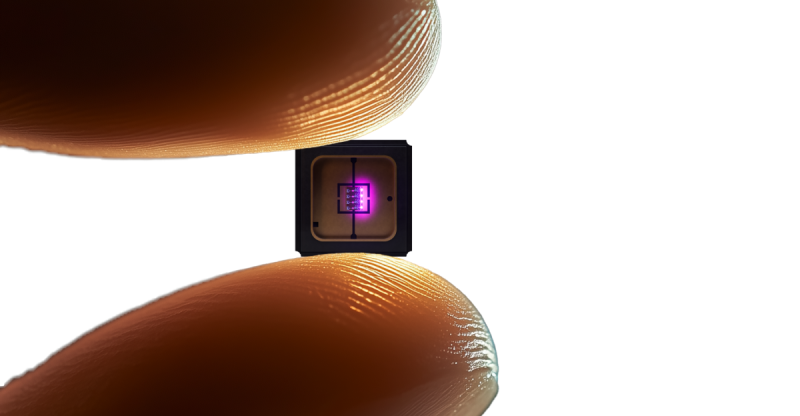
A groundbreaking new technology could revolutionize pandemic prevention. Far-UVC light, a type of ultraviolet light with a wavelength of 200-235 nanometers, has shown remarkable effectiveness in killing airborne pathogens like Covid-19, tuberculosis, and influenza viruses. Unlike traditional UV light, far-UVC is safe for human eyes and skin, making it a promising solution for disinfecting public spaces.
However, until recently, widespread adoption has been hampered by two key factors: the high cost and limited availability of effective far-UVC lamps, and uncertainty regarding the impact of far-UVC on indoor air quality. Traditional far-UVC lamps, known as excimer lamps, are expensive to manufacture and maintain, relying on gas-filled tubes that require periodic replacement and include filters to prevent the emission of harmful UV wavelengths.
Exciting advancements are changing this landscape. The emergence of solid-state lamps, specifically those utilizing secondary harmonics, offers a potential solution. Startups like Uviquity are developing lamps that use readily available materials and established technology to generate far-UVC light, promising significant cost reductions and increased accessibility. This technology involves using blue lasers and aluminum nitrate crystals to efficiently produce the desired wavelength, overcoming the limitations of previous methods.
Concerns regarding air quality have also been addressed by recent research. While far-UVC light can react with oxygen to produce ozone, a new study indicates that using a single far-UVC lamp (as recommended by manufacturers) doesn’t significantly impact ozone or particulate levels in an office setting. Another study suggests that ceiling-mounted lamps maximize disinfection effectiveness while minimizing ozone exposure to humans.
These developments are encouraging. The potential for widespread adoption of far-UVC technology is significant, and it could offer a powerful new tool in our fight against respiratory diseases. Imagine a future where schools, hospitals, and other public places are equipped with these lamps, effectively neutralizing airborne pathogens and preventing the spread of disease. This could be particularly important in containing emerging pandemics, even those resulting from intentional bio-engineering, before they become widespread.
While further research is necessary to fully understand the long-term effects of far-UVC and optimize its use, the progress made in recent years suggests we are moving closer to a world where this simple light bulb could become a formidable weapon in our arsenal against future pandemics.










